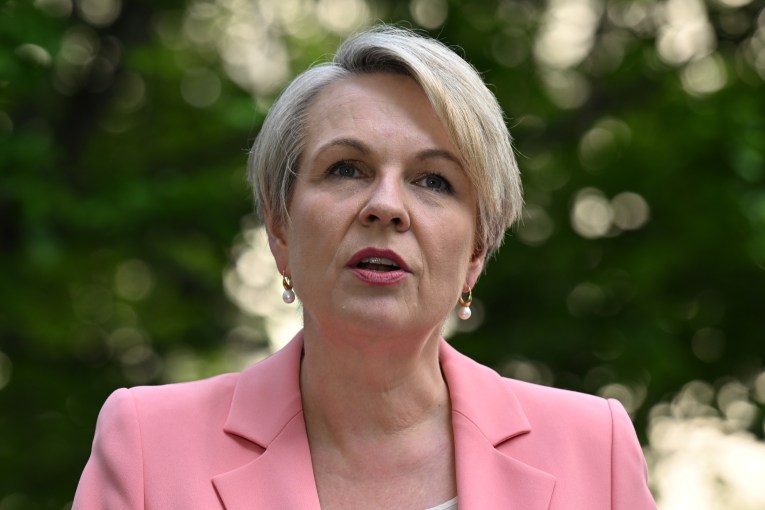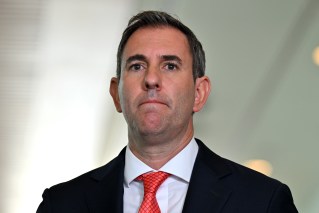Looking for a job? Don’t move to these suburbs


Shuttersock
If you are looking for work there are certain suburbs you should stay away from, according to a new report.
New research from Charles Darwin University and Griffith University shows that 15 per cent of Australia’s suburbs will shed jobs every month while the nation’s economy remains sluggish or deteriorates.
The report, called ‘Red alert suburbs: an employment vulnerability index for Australia’s major urban regions,’ found that the usually stable mortgage belt areas in the capital cities and regions comprised 46 per cent of the red alert areas, with “the remainder being those areas that are traditionally considered disadvantaged”.
‘Red alert’ suburbs
The area with the highest vulnerability to job losses was Cabramatta-Lansvale in Sydney, while the Melbourne suburb of Meadow Heights had the second highest risk of shedding work. The Sydney suburbs of Canley Vale and Canley Heights came in at number three, with Sydney’s Ashcroft-Busby-Miller region at number four and Melbourne’s Springvale South at number five.
In South Australia, the Adelaide suburb of Davoren was most likely to lose jobs, while the Launceston suburb of Ravenswood was the Tasmanian location most likely to lose work. Greenfields in Perth topped the list of vulnerable suburbs in Western Australia and the Inala-Richlands area of Brisbane was Queensland’s most vulnerable.
The Darwin suburb of Gray had the most vulnerable jobs outlook in the Northern Territory, while Acton in Canberra was the highest risk area in the ACT.

Australian suburbs most likely to lose jobs while the economy is weak. Source: Centre of Full Employment and Equity
Jobs pain shared
Report co-author Professor Bill Mitchell said that while job losses would be located in some of Australia’s most disadvantaged suburbs, places which had enjoyed economic prosperity in recent years “would also face increasing unemployment risk”.
Professor Bill Mitchell said areas such as Melbourne’s Narre Warren, Pakenham and surrounding suburbs had the “hallmarks of disadvantage”. These areas, he said, and others like them nationally – which included new housing developments that “looked good, but were very sensitive to small changes in economic fortune” – had prospered economically in recent years, but could suffer financial stress at any moment.
“Some of these suburbs are located in the middle and outer suburban mortgage belts, where houses were purchased during the recent housing and economic boom,” he said.
“The types of people who live there usually have two incomes, where the husband typically will be working in a trade, and the family solvency is based typically around the woman working casual hours. These combinations are deadly in an economic downturn, given the debt levels those mortgage pockets are carrying”.
Professor Mitchell warned that “many of these suburbs could become hot spots for home repossessions”.

Map showing employment vulnerability around Australia. Click map for full details.
State-by-state
Looking at the data state by state, the report found that Tasmania had the highest likelihood of losing jobs, with 26.6 per cent of areas classified as ‘High Risk – Red Alert’.
Areas across Western Australia were the next to suffer at 22.8 per cent, and South Australia followed as a close third with 20.2 per cent of regions in danger of high unemployment.
Although 15.1 per cent of Victorian areas were classified as highly likely to lose many jobs, Melbourne had the most cities grouped under the “red alert” category nationally, with 37 suburbs.








